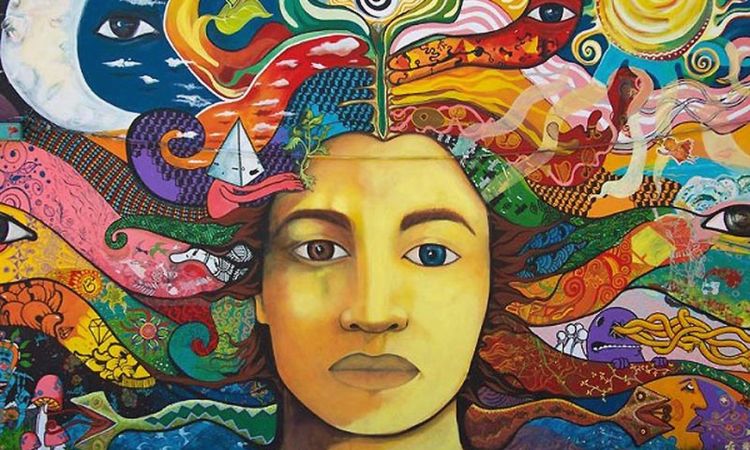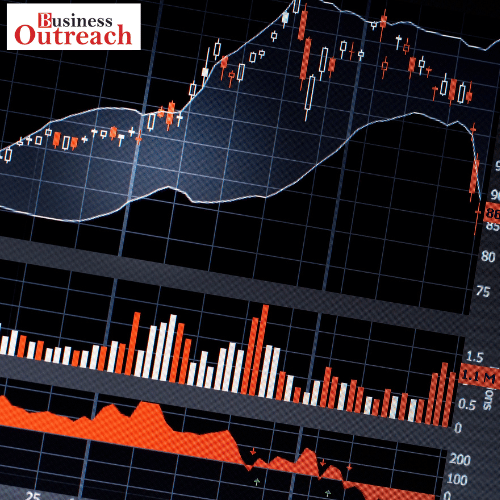Art is a creative expression of human imagination, emotions, and ideas manifested through various forms such as painting, sculpture, music, literature, dance, and theater. It has the power to move us, inspire us, and connect us to our deepest selves and the world around us.

Through art, we can explore different cultures, histories, and perspectives, gaining a deeper understanding of the diversity of human experience. It can also serve as a powerful tool for social commentary and change, shedding light on important issues and challenging societal norms. Creating art can be a deeply personal and transformative experience, allowing artists to explore their own emotions and experiences while sharing their vision with the world. It can also bring people together, fostering a sense of community and shared purpose.
In a world that can often be chaotic and overwhelming, art offers a source of beauty, inspiration, and meaning. Whether it is a painting that captures a moment of transcendent beauty, a song that speaks to the heart, or a play that invites us to see the world through someone else’s eyes, art has the power to enrich our lives and connect us to something greater than ourselves.
Rich people and art have a long and intertwined history. Throughout history, wealthy individuals have been some of the most significant patrons and collectors of art. They have commissioned artists to create works of art, sponsored art movements, and institutions, and acquired some of the most valuable and iconic works of art in history.
For many wealthy individuals, collecting art is a way to express their personal tastes and values, as well as to demonstrate their status and sophistication. Owning a valuable painting or sculpture can be a status symbol, indicating wealth, refinement, and good taste. In addition to being a source of personal enjoyment and status, collecting art can also be a smart investment.
Many high-end artworks have a proven track record of appreciating value over time, making them a potentially profitable asset. Some wealthy collectors invest in art as part of a diversified portfolio of assets, viewing it as a way to safeguard against inflation and expand their belongings.
Many wealthy individuals use their art collections as a way to give back to society. They donate their collections to museums or other cultural institutions, helping to preserve and promote the arts for future generations. They also support the arts through philanthropic initiatives, such as funding exhibitions or providing scholarships for artists.
Rich people and art have a complex and multifaceted relationship. While collecting art can be a source of personal enjoyment, status, and investment, it can also be a way for wealthy individuals to support and give back to the arts and society as a whole.
Firstly, many wealthy individuals purchase expensive artwork because they appreciate the beauty and craftsmanship of the piece. For them, owning a valuable painting, sculpture or other artwork is a way to surround themselves with objects of beauty and to create a personal connection to the artwork. Owning an exquisite piece of art also allows them to express their personal tastes and values. Secondly, owning expensive art is often seen as a status symbol. Displaying valuable artwork in one’s home or office can convey a sense of sophistication and refinement, as well as signal one’s wealth and social status. Additionally, purchasing art from prestigious galleries and auction houses can give the buyer access to exclusive events and networks of influential people.
Thirdly, buying expensive art can be a savvy investment for wealthy individuals. Many high-end artworks have a track record of appreciating value over time, making them a potentially profitable investment. In fact, some wealthy collectors invest in art as part of a diversified portfolio of assets. Lastly, buying expensive art can be a form of philanthropy for wealthy individuals. Many art collectors donate their collections to museums or other cultural institutions, which can help support the arts and cultural preservation.
In conclusion, rich people buy expensive art for a variety of reasons, including personal enjoyment, status, investment, and philanthropy. While some may view the purchase of expensive art as a senseless indulgence, for many wealthy individuals it represents an expression of their personal values, tastes, and monetary sense.















